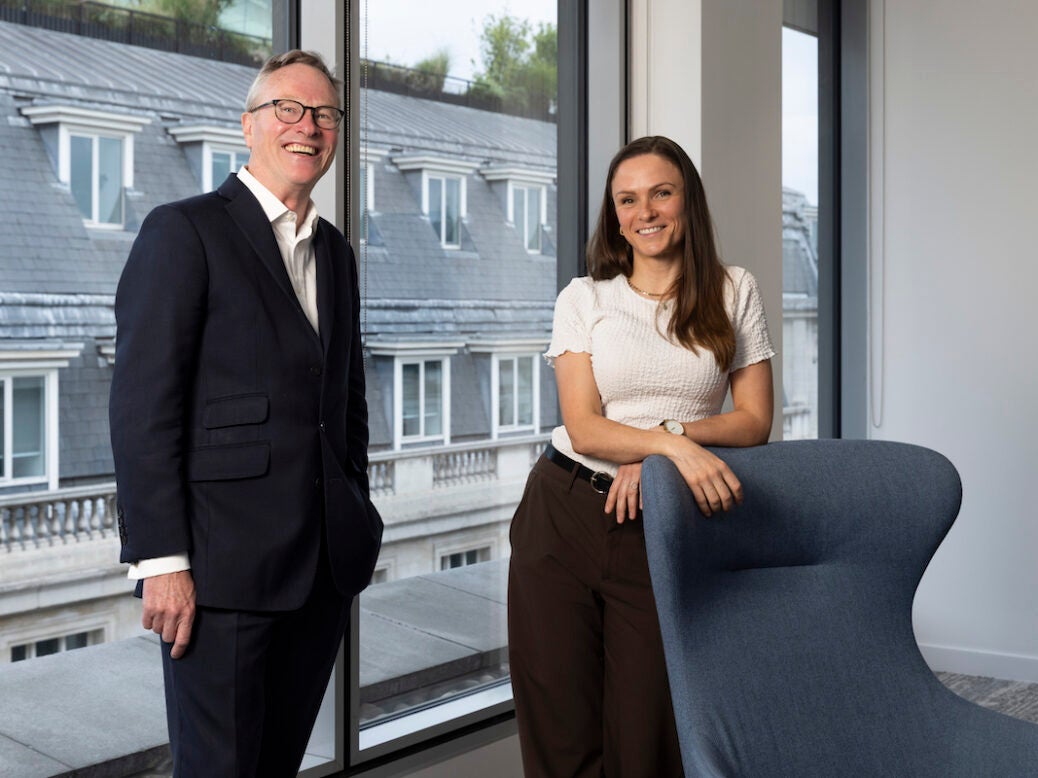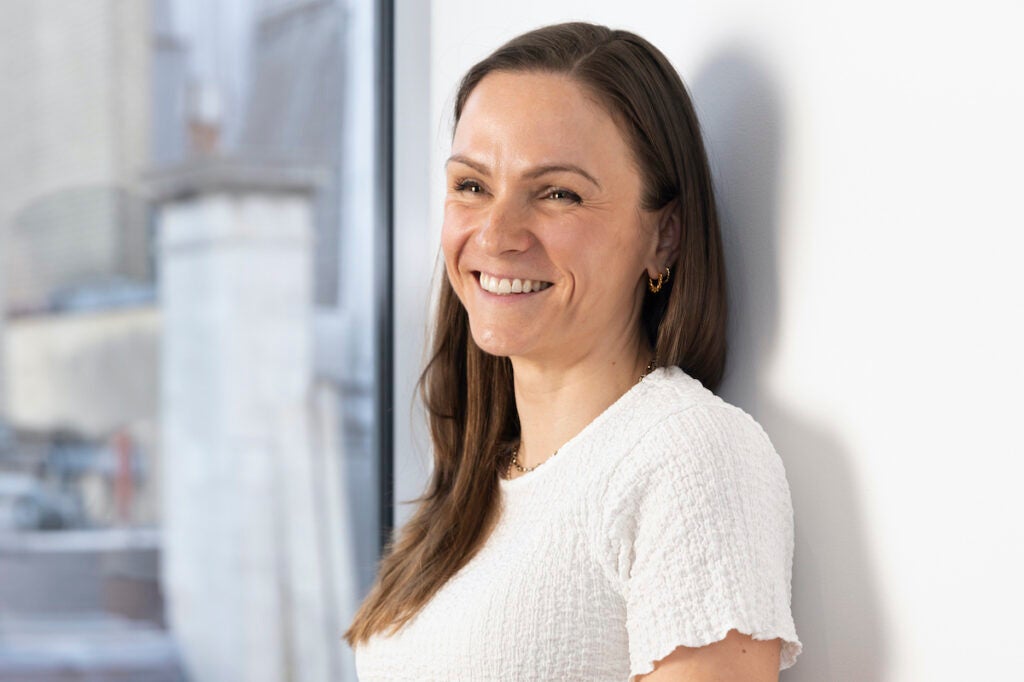
Private capital has been a key contributor to the UK’s commercial real estate market recovery in 2024, with private investors benefiting from lower prices, reduced competition and lower barriers to entry. And while private investors will continue to find opportunities, competition from institutional players is set to increase in line with the wider rebound.
In the highly nuanced commercial real estate space, matching private capital with the right assets is key, and this requires local, regional and global expertise.
Repricing paves the way
In 2023, UK commercial real estate investment volumes fell 36 per cent on the 2022 level. But in 2024, there was a marked recovery, with investment increasing by 16 per cent year-on-year, above global growth of 10 per cent. Activity in the UK was particularly strong in Q4 2024, when investment increased 33 per cent from the previous quarter.
[See also: Best property brokers]
‘If you look at private investment capital and private wealth, in 2024 they represented nearly three-quarters of the market,’ says Andrew Frost, head of capital markets, UK, at JLL. ‘These two groups tend to become active earlier in a recovery – the private investor will have a conviction position on investment and on real estate, and they will move. So they’re quite an important catalyst in terms of a market recovery.’

In recent years, the higher-for-longer interest rate environment and wider economic uncertainty resulted in a downturn in real estate activity and rapid repricing – a dynamic that started in 2022 and accelerated through 2023. This price correction has meant private investors have been able to fill the void left by more cautious institutional investors and acquire desirable assets at lower prices, with less competition.
[See also: The Roaring Twenties: Why London is in a ‘golden decade’ for super-prime property ]
The advantage of agility
Francesca Spiller, a director in JLL’s Central London capital markets team who specialises in the West End, says private investors were waiting for such a moment.
‘Quite a lot of established private investors were keeping an eye on the market,’ she says. ‘Prior to the rebalancing, they couldn’t make the numbers work, but in 2024 we saw them actively buying.’
Spiller shares the example of Global Holdings Management Group, which purchased 10 Great Pulteney Street from online fashion group Boohoo in December 2024. When the initial buyer for the property fell through, Global Holdings stepped in. ‘It was getting towards year-end, Boohoo needed to sell, and Global Holdings were able to offer to exchange within a week,’ Spiller says.

[See also: ‘Once-in-a-decade’ apartment at The Glebe Chelsea comes to market at £40 million]
This allowed the group to secure the property at a cost of £1,000 per square foot. ‘To put this into context, once the building is refurbished and Global Holdings achieve prime Soho rents on it, they could potentially exit at over £2,000 per square foot.’
This agility differentiates private investors. ‘In an institutional environment, there are layers upon layers of governance,’ says Frost. ‘The HNW private investor is able to see the opportunity and make the decision to buy – and quickly. That’s very appealing to sellers.’
Unlocking opportunities
This year, geopolitical and economic uncertainty may be weighing on the market and slowing down decision-making in some cases, but the commercial real estate sector has entered this period in a relatively healthy state, says Frost. He expects the pool of active capital to become broader and deeper, and a rebound in institutional activity will offer more liquidity and create sell-side opportunities for private investors.
To make the most of these opportunities, accessing the right expertise is key.
‘Institutional clients often have their own in-house teams of experts,’ Spiller notes. ‘But smaller family offices or overseas clients often need someone that can provide proper advice. At JLL you have a full suite of people around you – specialists in development, leasing, rent review, planning and sustainability, etc – who can offer that.’
Frost adds: ‘HNW individuals really value a relationship. They’re not just looking for transactions; they’re looking for an understanding of their priorities and their requirements, and high-quality advice founded on a long-term relationship. We endeavour to understand clients’ challenges; how we can help and where we can bring the best of JLL to those clients. ’
[See also: Miami and London: the power duo in luxury real estate’s global boom]
Eye on sustainability
Another encouraging dynamic is that the binary view on sectors of the commercial real estate market is fading, with investors taking a more nuanced perspective and identifying opportunities on merit.
‘Amongst every sector, there are some really good opportunity segments,’ says Frost. He offers the office market as an example: there’s a fair amount of vacant secondary office space in London, but if investors look beyond the surface they will see there’s in fact a shortage of sustainable offices, as well as a range of repositioning opportunities.
In addition, JLL’s 2024 Future of Work survey found that momentum has shifted back towards office-based work: 85 per cent of organisations are requiring at least three days of office attendance per week, which resulted in an uptick in demand.
Spiller emphasises that local market knowledge can make a significant difference to investment outcomes, and help to ensure private investors don’t end up with a ‘white elephant’ asset. ‘Post-Covid, in Central London there really has been this bifurcation between the best and the rest, and that’s the best in terms of location and also the best in terms of specification,’ she says. ‘We know what occupiers want, so if you buy an asset, we can then help you deliver the product that is right for the market. And by providing buy-side advice, we can help investors who are new to the London market avoid overpaying for an asset that isn’t as good as it seems on paper.’
[See also: Best property lawyers]
She adds that tenants and occupiers do still want sustainable assets: ‘The tenants are driving it rather than the investors themselves, but investors of course want to deliver a product that is in demand and would be highly sought after.’
With more than 180 sustainability experts in the UK, JLL is well equipped to help private investors convert buildings away from gas, run a CRREM analysis (designed to evaluate carbon risks in a real estate portfolio), and undertake reviews of what needs to be done to a building to hit net zero targets.
‘Living’ and alternative assets
Private investors typically start in the residential space, says Frost, and there are increasingly commercial opportunities in the ‘living’ sectors: residential projects that serve the ‘full life cycle’, from student housing to build-to-rent developments to retirement schemes.
Living comprised the largest share (27 per cent) of total investment in UK commercial real estate in 2024 – volumes reached £10.3 billion – and demand is expected to continue.
[See also: Steadier times to come for the prime central London property market?]
‘We’re not building nearly enough homes in response to population growth or to the ageing population, so the fundamentals of that market remain resilient,’ says Frost. ‘What has been terrific in the course of the last 10 or so years is that you’ve started to see capital focus on these asset classes.’
Private investors in the UK are also continuing to explore alternative asset types, diversifying their portfolios into sectors such as data centres, life sciences, energy and infrastructure, and self-storage.
‘If you look at data centres, you can see why we project very significant growth in that area,’ says Frost.
‘But you can build a really good investment case around all of those sectors, and it can be appealing to private investors to look to the right or left of the core commercial real estate sectors.’
To find out more, click here
[See also: Navigating the ongoing challenges of UK real estate]






